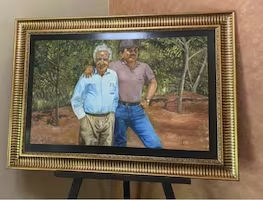The National Institute of Anthropology and History (INAH) opened the exhibition “The Flower in Mexican Culture”, at the Regional Museum of Anthropology, Canton Palace, in Merida, Yucatan.
In a statement, the director of the museum, Giovana Jaspersen, said the collection showcases different representations of the flower in Mexico , through 230 pieces from 30 collections – both private and public – from 16 States of the country, and that the exhibition is divided in sections.
The first section has the theme of “The flower: metaphor of the precious”, where stone reliefs, mural paintings, big sculptures, small figurines, ceramic objects and codices highlight the importance of flowers in Mesoamerica , and the deities associated to them.
The second section, “The flower: description of the unknown,” addresses the botanical interest generated by New Spain when the first conquistadors and explores brought to Europe Mexican species, such as the dahlia and cempasuchil flower.
“The Flower: allegory of the divine” is the third section, where visitors can see oil paintings such as the Izamal Virgin – highly revered in the state of Yucatan – painted in the 18th Century, in addition to works by José Ibarra, Antonio de Torres and Miguel Cabrera, among other renown Novohispanic artists.
The fourth segment, “The flower: symbol of beauty”, analyzes the influence of movements such as the Romanticism and Modernism in the merger of the flower with the feminine figure, worship and eroticism, such as the painting of Olga Costa, My Garden Flowers – which is one of the main pieces of the exhibition, together with several works made between the 19th and 20th centuries.
Lastly, “The flower: synthesis of the diverse”, is dedicated to modern art, as well as its presence in traditions such as the Day of the Death (Dia de Muertos), or the traditional clothes that various communities wear for their main festivities and rituals. A “tree of life” is also included – modeled in polychromatic ceramic – a Parachico outfit from Chiapa de Corzo, and traditional dresses of the Huichol people.
This exhibition will be shown until November 17, at the Regional Museum of Anthropology, Canton Palace. Tuesday to Sunday, from 8:00 to 17:00hrs.
am










